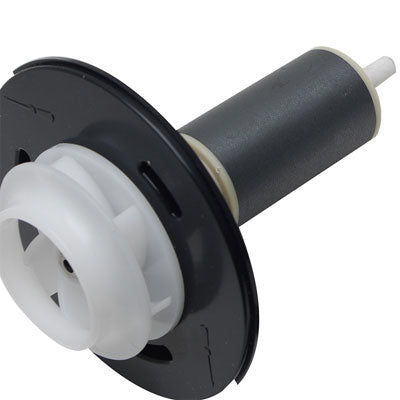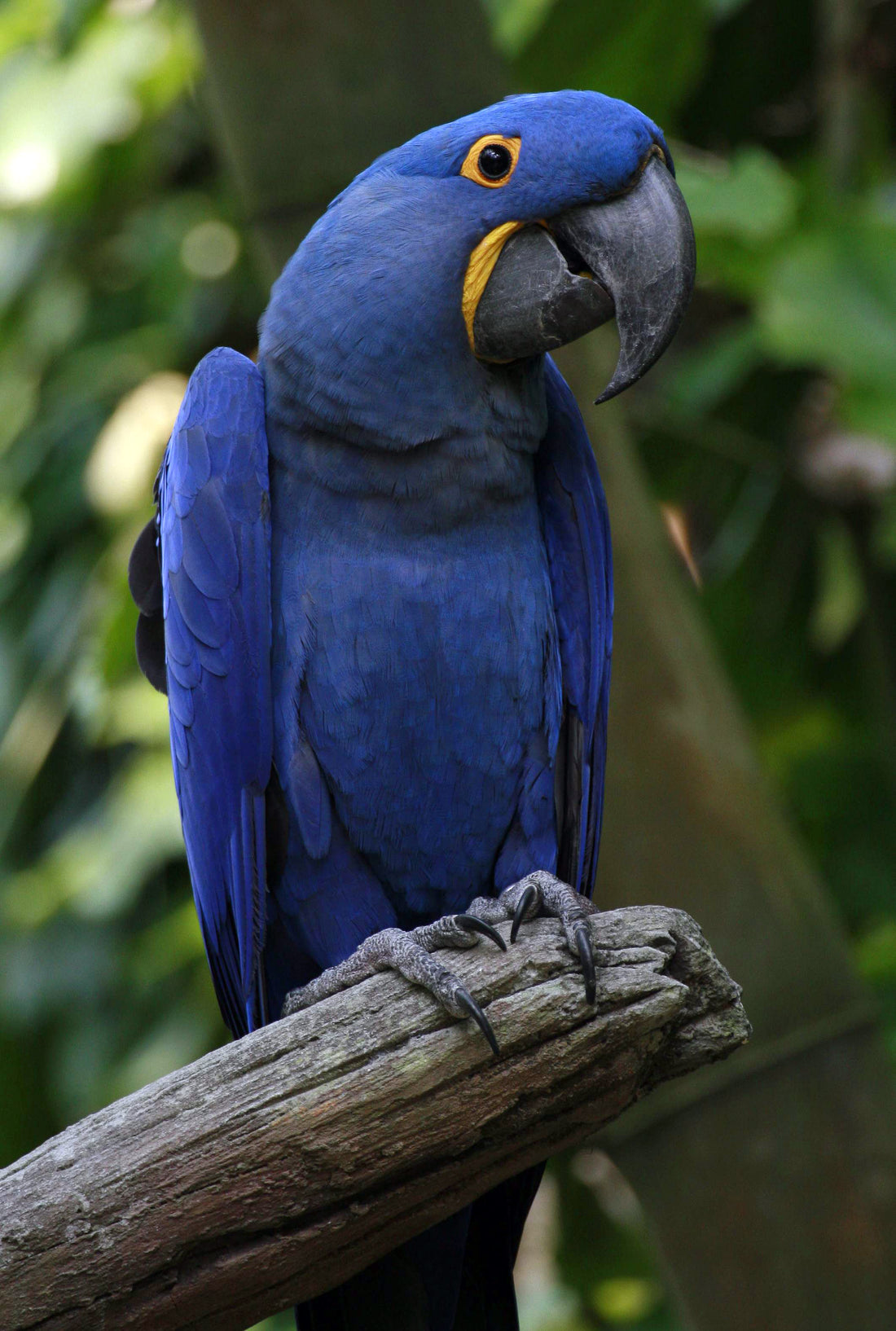One of the most coveted and expensive small pet birds is the Hyacinth Macaw. Known for its vibrant blue plumage and impressive size, the Hyacinth Macaw is the largest of all parrot species. Native to South America, particularly Brazil, these birds are highly sought after for their striking appearance and intelligence.
Due to their rarity and the challenges associated with their care, Hyacinth Macaws come with a hefty price tag. Prices can vary significantly depending on factors such as age, temperament, and whether the bird is captive-bred or wild-caught. Typically, a hand-raised Hyacinth Macaw can cost several thousand dollars, with some specimens fetching prices upwards of $10,000 or more.
Aside from the initial purchase price, potential owners should also consider the ongoing costs of caring for such a bird, including high-quality diet, spacious housing, regular veterinary care, and mental stimulation to prevent boredom and ensure the bird's well-being.
However, it's important to note that owning a Hyacinth Macaw or any exotic pet comes with significant responsibilities and ethical considerations. Before acquiring such a bird, it's essential to thoroughly research their care requirements and ensure that you can provide a suitable environment for their physical and psychological needs. Additionally, always opt to purchase from reputable breeders or adopt from rescue organizations to discourage the illegal wildlife trade and support conservation efforts for these magnificent birds in their natural habitats.
The Hyacinth Macaw (Anodorhynchus hyacinthinus) is an awe-inspiring bird, renowned for its stunning appearance, impressive size, and intelligent nature. Here are some key characteristics and facts about this magnificent species:
-
Physical Appearance: The Hyacinth Macaw is unmistakable due to its vibrant cobalt-blue plumage, which covers most of its body, including its wings and tail. It has bright yellow markings around its eyes and on the lower portion of its beak. Its beak is large and powerful, designed for cracking open nuts and seeds. The Hyacinth Macaw also has a distinctive bare yellow patch of skin around its lower mandible.
-
Size: As the largest species of parrot, the Hyacinth Macaw can reach impressive lengths of up to 3 feet (1 meter) from the tip of its beak to the tip of its tail. They can also have a wingspan of over 4 feet (1.2 meters).
-
Habitat: Hyacinth Macaws are native to central and eastern South America, particularly the Amazon basin and parts of Brazil, Bolivia, and Paraguay. They inhabit dense tropical forests, savannas, and palm swamps.
-
Diet: In the wild, Hyacinth Macaws primarily feed on a diet of nuts, seeds, fruits, and berries, with a particular preference for palm nuts. Their strong beaks enable them to crack open even the toughest nuts, such as Brazil nuts and palm nuts.
-
Behavior: These birds are known for their intelligence and social nature. In the wild, they typically form monogamous pairs and live in small family groups. They are highly vocal birds, using loud squawks and calls to communicate with one another.
-
Conservation Status: Despite their striking appearance and popularity in the pet trade, Hyacinth Macaws are classified as Vulnerable by the International Union for Conservation of Nature (IUCN). Habitat loss, illegal trapping for the pet trade, and hunting are among the main threats to their survival in the wild. Conservation efforts, including habitat protection and captive breeding programs, are underway to help safeguard their future.
-
Lifespan: In captivity, Hyacinth Macaws can live for several decades, with lifespans ranging from 50 to 60 years or more with proper care and attention.
-
Legal Considerations: Due to their protected status, ownership of Hyacinth Macaws may be subject to regulations and permits in certain regions. It's important to research and comply with any legal requirements before acquiring one as a pet.
Overall, the Hyacinth Macaw is not only a visually stunning bird but also a fascinating and intelligent companion for those with the resources and dedication to provide for its specialized needs.


